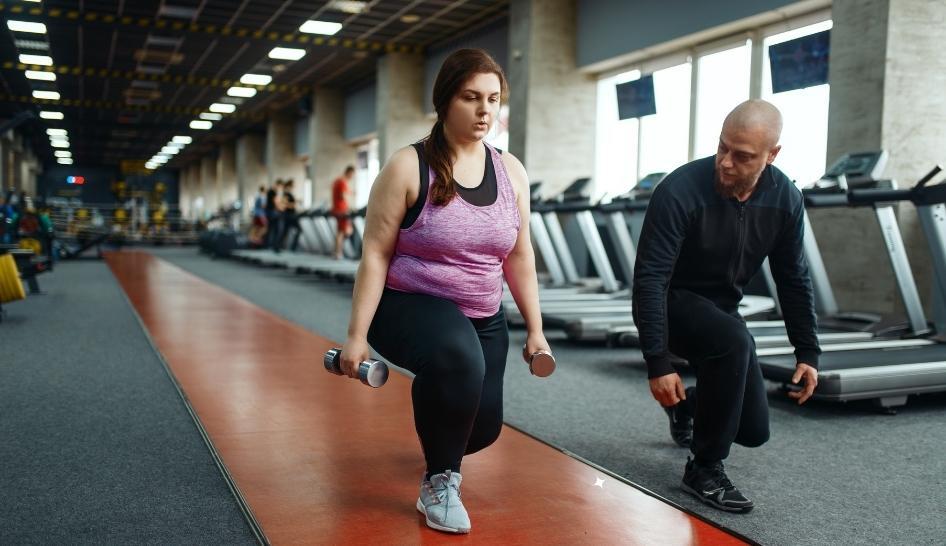Disclaimer: Since writing, the Centers for Disease Control and Prevention (CDC) has added physical inactivity to its list of underlying medical conditions that put people ages 18 years and older at higher risk for severe illness from the virus that causes COVID-19.
The COVID-19 pandemic has dominated nearly every aspect of our lives during the past year and a half. Early on, studies showed the elderly and patients who suffer from non-communicable diseases (NCDs) were at the highest risk for severe COVID-19 outcomes, defined as being hospitalized, admitted to the intensive care unit (ICU), and dying.
Yet, we know that regular exercise can significantly reduce the incidence and improve the management of NCDs and enhanced immune function.
As a long-time family medicine physician, I have observed firsthand the benefits of exercise to the health and well-being of my patients. In fact, with virtually every disease I encounter in my practice, I have found that exercise is the most powerful medication I can prescribe. For that reason, I felt it was likely that regular exercise would dramatically reduce the risk of severe COVID-19 outcomes.
Testing the Theory: Exercise Reduces Risk of Severe COVID
I led a group of colleagues in a study to test the hypothesis that consistently meeting physical activity (PA) guidelines (>150 minutes per week of moderate to vigorous PA) prior to a diagnosis of COVID-19 would lead to more favorable outcomes among adults. The study, published in the April issue of the British Journal of Sports Medicine, was conducted at Kaiser Permanente in Southern California, an integrated healthcare system serving some 4.7 million residents at 15 medical centers.


